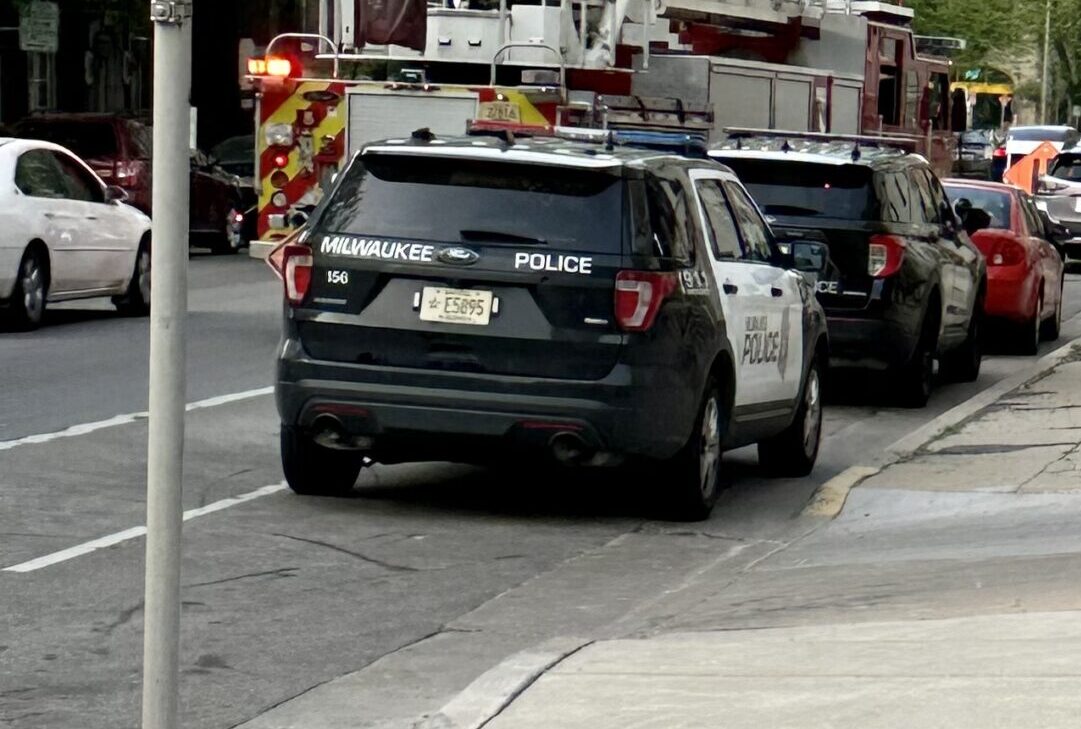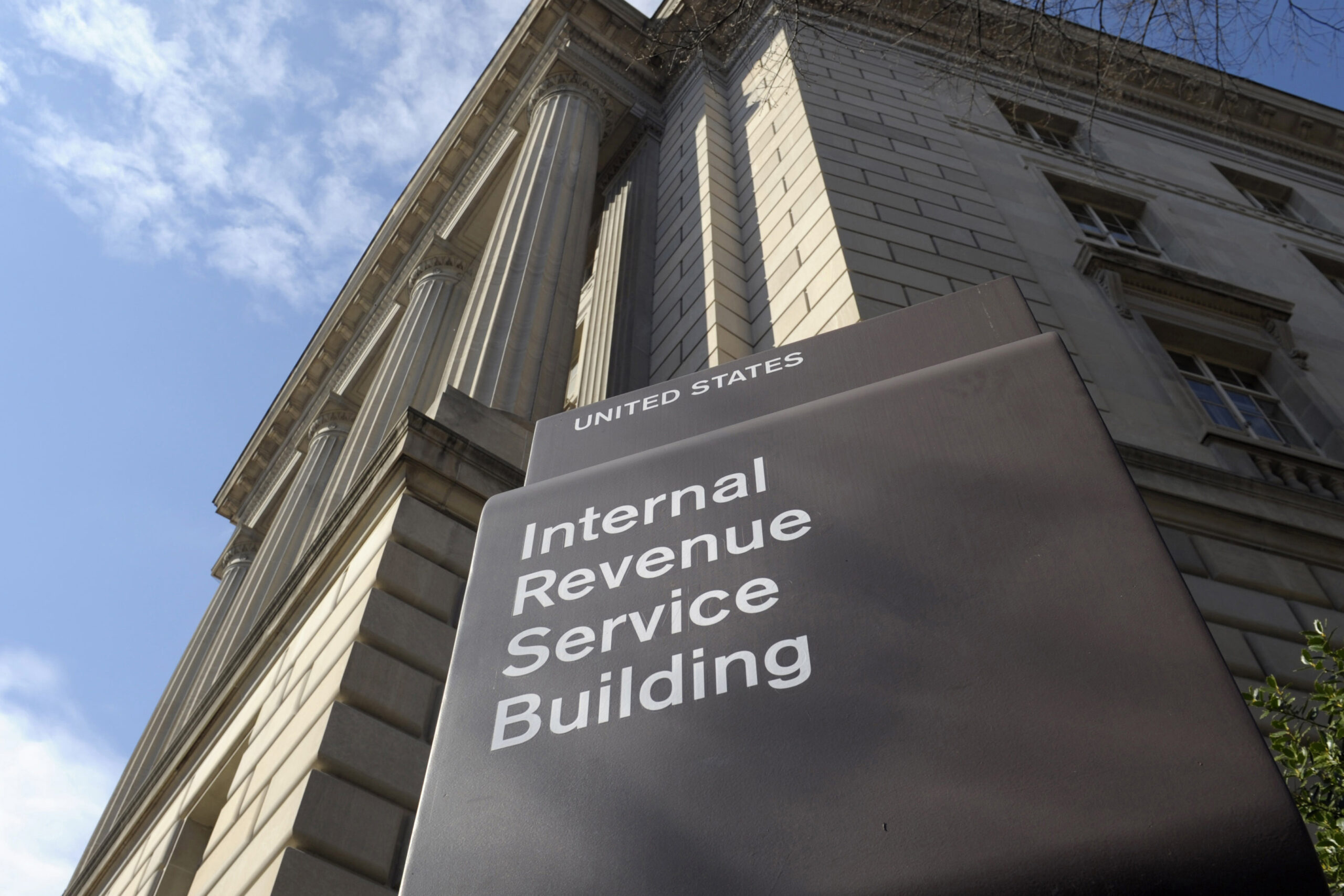Severance damages denied for partial taking
By: dmc-admin//December 22, 2004//
 |
|
“[The purpose of the alternative means of calculating loss] does not appear to be to provide an alternative means of damage determination for condemnees to bolster awards beyond the levels that had been determined under the traditional ‘before and after’ method.” Hon. Charles P. Dykman Wisconsin Court of Appeals |
The Wisconsin Court of Appeals held on Dec. 16 that sec. 32.09(6) does not allow the award of severance damages when compensation for a partial taking is based on the fair market value of the property taken, rather than the "before and after" values.
Portage County condemned a part of the property of Thomas J. and Victoria L. Justmann for highway use. A condemnation proceeding resulted in an award of $75,300 to the Justmanns. The Justmanns appealed this award to circuit court under sec. 32.05. A jury heard the appeal, and returned a special verdict that found the fair market value of the property taken to be $86,000.
As directed, the jury also found the "before and after" value of the property — the difference between the value of the property remaining after the taking and the value of entire property immediately before the taking — to be $42,500.
Included in the jury’s "before and after" calculation was $43,894.89 in severance damages caused by the taking: $8,100 for the loss of a well, $34,144.89 to reroute an irrigation system, and $1,650 for landscaping.
Applying sec. 32.09(6), Portage County Circuit Court Judge John V. Finn based the compensation award on the higher of the two valuations — $86,000 — and awarded damages of $10,700, the difference between the fair market value and the $75,300 award already paid to the Justmanns.
The court did not award any severance damages, holding that sec. 32.09(6) provides severance damages only when the award is based on a "before and after" method of compensation. The Justmanns appealed, but the court of appeals affirmed in a decision by Judge Charles P. Dykman.
The Statute
The statute provides: "in the case of a partial taking of property other than an easement, the compensation to be paid by the condemnor shall be the greater of either the fair market value of the property taken as of the date of evaluation or the sum determined by deducting from the fair market value of the whole property immediately before the date of evaluation, the fair market value of the remainder immediately after the date of evaluation, assuming the completion of the public improvement and giving effect, without allowance of offset for general benefits, and without restriction because of enumeration but without duplication, to the following items of loss or damage to the property where shown to exist:
|
What the court held Case: Justmann v. Portage County, No. 03-3310. Issue: Does sec. 32.09(6) allow the award of severance damages when compensation for a partial taking is based on the fair market value of the property taken, rather than the "before and after" values? Holding: No. The statute unambiguously limits consideration of severance damages to valuations involving the "before and after" method. Counsel: Allen A. Arnsten, Madison; Michael S. Heffernan, Madison, for appellant; Michael J. McKenna, Stevens Point, for respondent. |
(a) Loss of land including improvements and fixtures actually taken.
(b) Deprivation or restriction of existing right of access to highway from abutting land, provided that nothing herein shall operate to restrict the power of the state or any of its subdivisions or any municipality to deprive or restrict such access without compensation under any duly authorized exercise of the police power.
(c) Loss of air rights.
(d) Loss of a legal nonconforming use.
(e) Damages resulting from actual severance of land including damages resulting from severance of improvements or fixtures and proximity damage to improvements remaining on condemnee’s land. In determining severance damages under this paragraph, the condemnor may consider damages which may arise during construction of the public improvement, including damages from noise, dirt, temporary interference with vehicular or pedestrian access to the property and limitations on use of the property. The condemnor may also consider costs of extra travel made necessary by the public improvement based on the increased distance after construction of the public improvement necessary to reach any point on the property from any other point on the property.
(f) Damages to property abutting on a highway right-of-way due to change of grade where accompanied by a taking of land.
(g) Cost of fencing reasonably necessary to separate land taken from remainder of condemnee’s land, less the amount allowed for fencing taken under par. (a), but no such damage shall be allowed where the public improvement includes fencing of right-of-way without cost to abutting lands.
Unambiguous
At issue was whether the following passage from the statute applies to both methods of calculating compensation, or only to the "before and after" method: "and giving effect, without allowance of offset for general benefits, and without restriction because of enumeration but without duplication, to the following items of loss or damage to the property where shown to exist."
The court concluded that above portion of the statute unambiguously applies only when the "before and after" method is used.
The court reasoned, "The relevant portion of Wis. Stat. Sec. 32.09(6) consists of a single 116-word partial sentence. It begins with an either/or construction: ‘[T]he compensation to be paid by the condemnor shall be the greater of either the fair market value of the property taken … or [the "before and after" value]’ The severance damage part of sec. 32.09(6) is incorporated into the ‘or’ side of the construction, which contains the ‘before and after’ method of determining compensation: the fair market value of the remainder immediately after the date of evaluation, assuming the completion of the public improvement [and here begins the severance damages part of the statute] and giving effect, without allowance of offset for general benefits, and without restriction because of enumeration but without duplication, to the following items of loss or damage ….’" No language or punctuation marker sets the severance damage portion of the section apart from the either/or construction set forth at the beginning of the sentence. Therefore, we read the severance damages language to be a part of the either/or logic of the statute, and conclude that such damages are available only under a ‘before and after’ method of compensation."
Although the court found the statute unambiguous, it continued, finding the legislative history supported its interpretation, as well.
The court noted that, prior to 1978, compensation for a partial taking was based solely on a "before and after" determination, which included severance damages. The "fair market value" method was added as an alternative to ensure fair compensation, "if the fair market value of the property taken exceeds the ‘before and after’ value.
This reduces the possibility of an award of zero, which can occur under the current statute if the remainder is worth as much or more than the whole property before the taking." Legislative Council Note, 1977 AB 1077.
| |
||
|
Related Links Related Article |
||
| |
||
The court found, "its purpose does not appear to be to provide an alternative means of damage determination for condemnees to bolster awards beyond the levels that had been determined under the traditional ‘before and after’ method."
The court also cited case law from other jurisdictions to support its interpretation: "It is incorrect to think of ‘severance damage’ as a separate and distinct item of just compensation apart from the difference of the market value of the remainder immediately after the taking. In the case of a partial taking if the ‘before and after’ measure of compensation [is determined] … there is no occasion … to talk about ‘severance damage’ as such, and indeed it may be confusing to do so. The matter is taken care of automatically in the ‘before and after’ [determination]." United States v. 9.20 Acres of Land, 638 F.2d 1123 (8th Cir. 1981).
The court further found, "Approaches to valuation that separate severance damages from other factors that contribute to the value of the property remaining after a taking have been criticized as being inconsistent with real world market valuation and appraisal techniques (cites omitted)."
Accordingly, the court affirmed.
Click here for Case Analysis.
David Ziemer can be reached by email.
Legal News
- Waukesha man sentenced to 30 years for Sex Trafficking
- 12-year-old shot in Milwaukee Wednesday with ‘serious injuries’
- Milwaukee man convicted of laundering proceeds of business email compromise fraud schemes
- Giuliani, Meadows among 18 indicted in Arizona fake electors case
- Some State Bar diversity participants walk away from program
- Wisconsin court issues arrest warrant ‘in error’ for Minocqua Brewing owner
- Iranian nationals charged cyber campaign targeting U.S. Companies
- Facing mostly white juries, are Milwaukee County defendants of color truly judged by their peers?
- Milwaukee Mayor speaks in D.C. Tuesday at White House water summit
- Chicago man sentenced to prison after being caught with ‘Trump Gun’
- FTC bans non-competes
- Gov. Evers seeks applicants for Dane County Circuit Court
WLJ People
- Power 30 Personal Injury Attorneys – Russell Nicolet
- Power 30 Personal Injury Attorneys – Benjamin Nicolet
- Power 30 Personal Injury Attorneys – Dustin T. Woehl
- Power 30 Personal Injury Attorneys – Katherine Metzger
- Power 30 Personal Injury Attorneys – Joseph Ryan
- Power 30 Personal Injury Attorneys – James M. Ryan
- Power 30 Personal Injury Attorneys – Dana Wachs
- Power 30 Personal Injury Attorneys – Mark L. Thomsen
- Power 30 Personal Injury Attorneys – Matthew Lein
- Power 30 Personal Injury Attorneys – Jeffrey A. Pitman
- Power 30 Personal Injury Attorneys – William Pemberton
- Power 30 Personal Injury Attorneys – Howard S. Sicula











